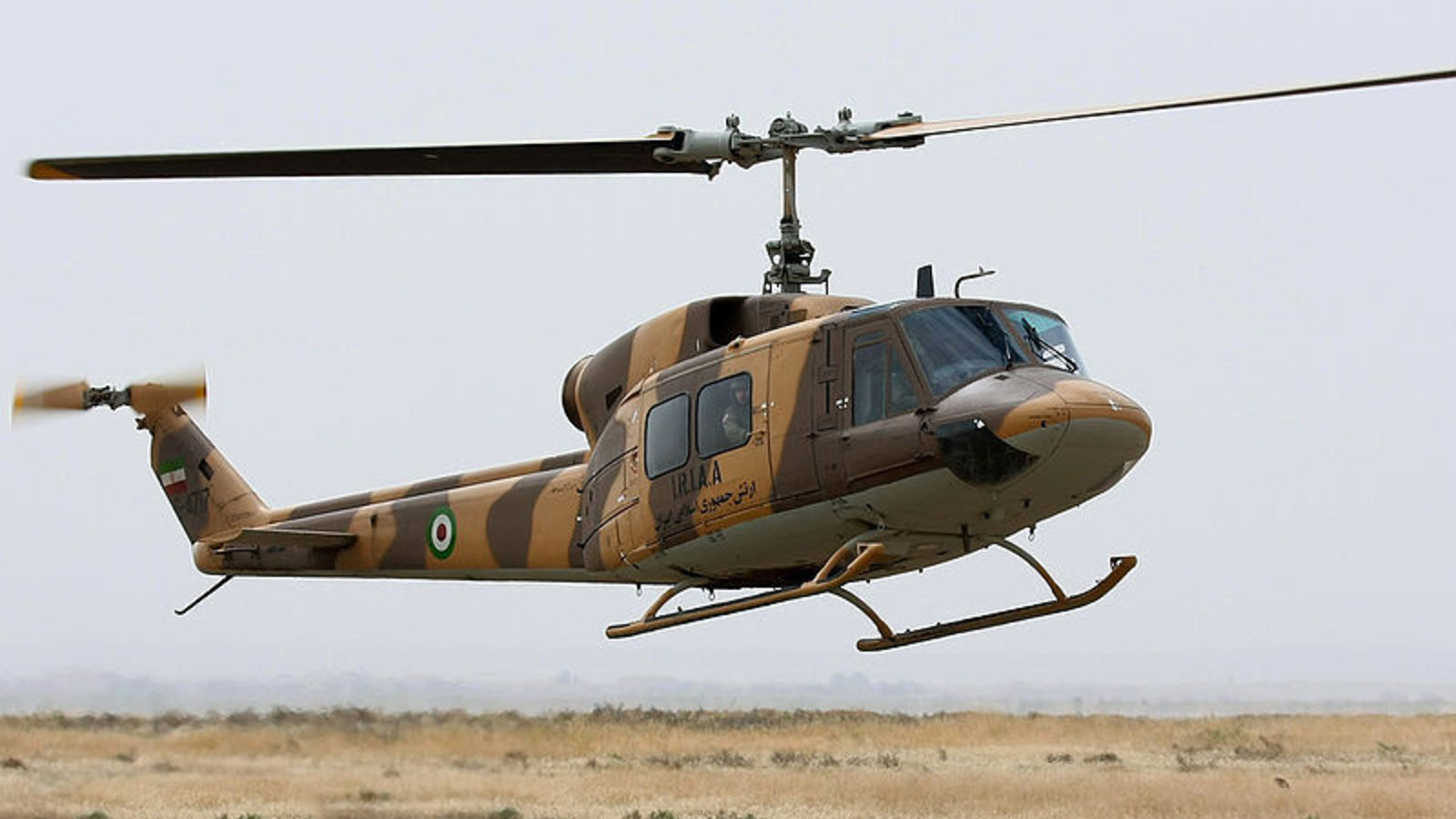
Originally developed by Bell Helicopter, now a division of Textron Inc., in the 1960s as an export version of the American UH-1 Iroquois for the Canadian government, the 212 was a derivative model for the civilian market. Over the years, the Bell 212 was bought and put into service by over 60 countries worldwide. The Washington Post reported — per analysis from an aviation firm called Cirium — that although mass production stopped in 1998, there are as many as 443 Bell 212s still operating worldwide.
One of the key features of the Bell 212 is its twin-blade rotor powered by two Pratt & Whitney PT6T turboshaft engines — an upgrade from the original UH-1’s single turboshaft. The combined power of the two engines allows the helicopter to carry external payloads of up to 5,000 pounds or, in a passenger-carrying capacity, accommodate up to 15 people.
Early versions of the Bell 212 were rated only for Visual Flight Rules (VFR), which means the pilot must rely on visual cues for navigation. In bad weather or poor visibility conditions, these VFR-rated helicopters are to remain grounded. Later, the Bell 212 received an Instrument Flight Rules (IFR) rating, allowing pilots to fly in adverse weather conditions using only their instruments. However, the cockpit had to be overhauled with new avionics to be certified – an upgrade that 6-9207 potentially did not see.

